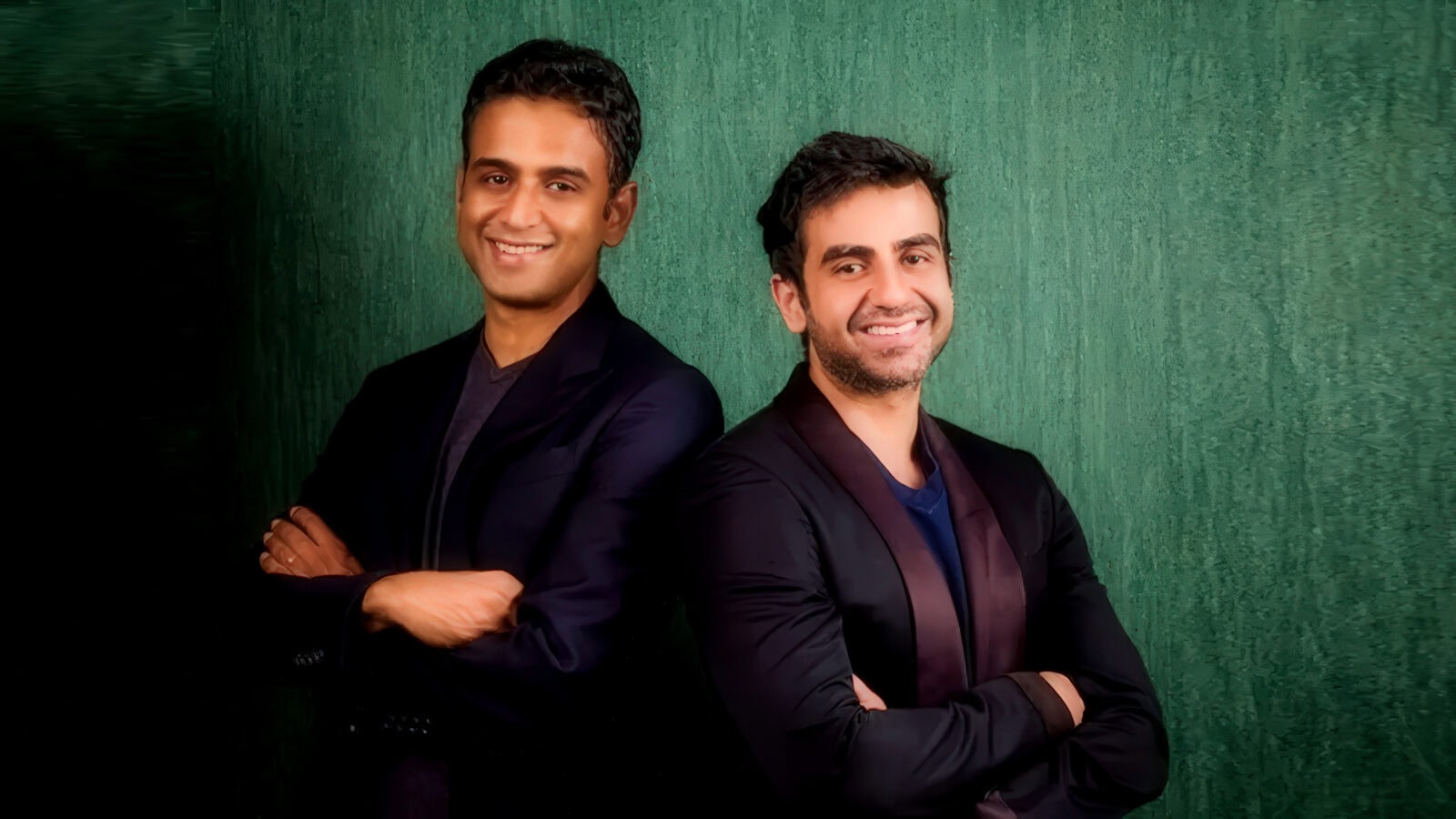$1.3 billion, representing half of Nikhil and Nithin Kamath’s current net worth, is earmarked for philanthropy, through the “Giving Pledge”

Nikhil and Nithin Kamath’s philanthropy has been gathering momentum for a few years, but this autumn it came into unmistakable focus.
The Zerodha cofounders have been moving capital from balance sheets to the front lines of climate resilience and public education with a deliberateness that mirrors how he built his companies: low-friction, founder-led, and allergic to pomp.
In late October and early November, new disclosures and recognitions sketched a clearer picture of both the scope and the tempo.
Kamath and his brother Nithin are among India’s top personal givers this year, crediting a number of sizeable in donations routed largely through their Rainmatter Foundation, which funds climate action and nature-linked livelihoods.
Rainmatter isn’t a vanity wrapper for “CSR,” and Kamath doesn’t pretend it is.
Established in 2019, the foundation operates more like a catalytic partner than a grant postbox: it supports community organizations that restore ecosystems, secure water, and foster green economies at both village and city scales.
Recent program updates read like field notes from India’s climate frontier—second-year milestones with Gram Vikas to localize climate resilience across the Eastern Ghats, and a growing roster of small, stubborn, on-the-ground groups building capacity where the monsoon and the marketplace collide.
In Kamath’s telling, this is how you compound impact: pick local champions, stay for the messy middle, and measure success in stronger commons rather than press releases.
If the operating model feels tech-native, the guardrails are self-imposed—and increasingly global.
In 2023, at 36, Kamath became the youngest Indian to sign the Giving Pledge, the US-born commitment founded by Bill Gates and Warren Buffett that asks billionaires to give away the majority of their wealth.
The pledge isn’t a contract; its force comes from public expectations and a community of peers who hold each other accountable.
Forthe Kamath brothers, it also became a downstream challenge: what would a pledge look like for founders who were much earlier in their wealth curve?
He has since championed the Young India Philanthropic Pledge (YIPP), a domestic analogue that asks Indians under 45 to commit at least 25% of their wealth to the public good.
TIME put him on its 2025 Philanthropy list for this very reason, noting the Kamaths’ more than $100 million committed to Rainmatter and the early YIPP wins—upgrading hundreds of government schools with devices, counselling, and career pathways.
This is Kamath’s most important US connection: not geography, but governance—plugging into a US-anchored culture of public pledges and norm-setting, and importing that behavioral architecture into India’s next-gen donor class.
The American links don’t end with the pledge. Kamath’s “WTF” conversations—part podcast salon, part idea collider—have become a bridge between India’s founders and the US tech and philanthropy orbits.
He’s hosted Bill Gates and YouTube CEO Neal Mohan in long-form conversations about scale, distribution, and responsibility; the effect is less celebrity booking than network export.
It matters because modern philanthropy, whether in Seattle or Surat, now lives at the intersection of policy, capital, and content.
Kamath has the rare ability to convene all three—and then aim them at stubborn, civic problems.
Back home, the education bet is getting firmer.
The YIPP-backed Karnataka Model Schools initiative—an early flagship—continues to standardize the unglamorous things that change life trajectories: functioning labs, working computers, career counselling, and teacher support across hundreds of schools.
It’s a play that leans on partnership with the state and nonprofits with distribution muscle—precisely the kind of blended model that India will need if it wants to turn philanthropy from episodic to systemic.
None of this erases the human-scale bumps on Kamath’s own road.
The 2021 charity chess imbroglio—where he admitted to using outside assistance in an exhibition game against Viswanathan Anand—still shadows his public narrative, a reminder of how quickly trust can fray.
Yet the intervening years have seen a pattern of choices that are harder to dismiss: investing personal wealth in climate and education; seeding others’ experiments; and signing a pledge that will outlive the news cycle.
What distinguishes the current moment is coherence.
It sits inside a stack: Rainmatter’s ground games in rural Odisha and Jharkhand, city-scale pilots in Bengaluru, WTFund checks that give teenagers and twenty-somethings time to build, and an investment arm that, when focused on sustainability and consumer behavior, can tilt markets.
Their private-market bets carry civic spillover: a disclosed $21 million stake in London-based Nothing places them at the center of a global hardware story whose supply chains, labor practices, and e-waste responsibilities will inevitably shape the climate ledger that Rainmatter is trying to improve.
The loop is not yet closed, but you can see it forming.
For Indian philanthropy watchers—and for US foundations curious about the next generation of global donors—the Kamath’s arc is instructive.
It suggests that the most consequential gifts in the coming decade may not be the largest. Still, the most catalytic are those that scaffold other people’s agency, make government a partner, and leave behind institutions rather than headlines.
If you want a ledger entry for 2025, here it is : founder-donors who put serious personal money to work on climate and education, tied their hands in public to give away most of what’s left, and used their platform to normalize giving early rather than late.
In an ecosystem that still treats philanthropy like a retirement hobby, that might be the most valuable gift of all.

